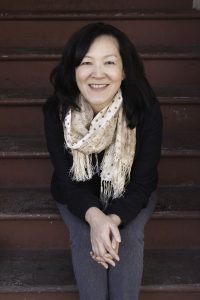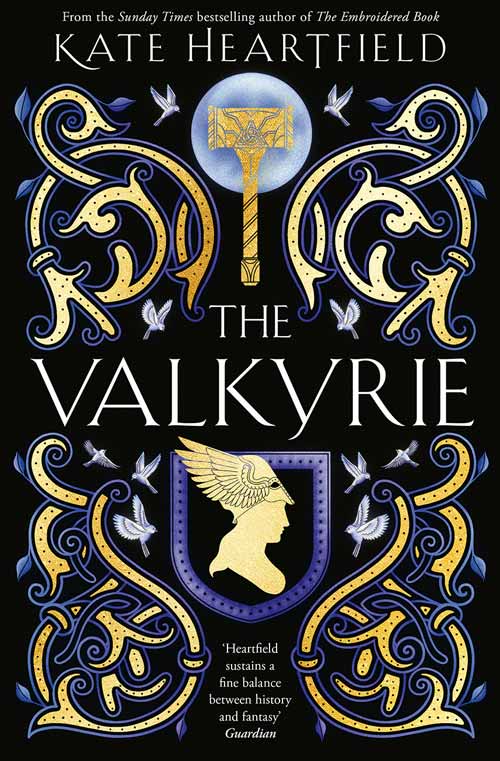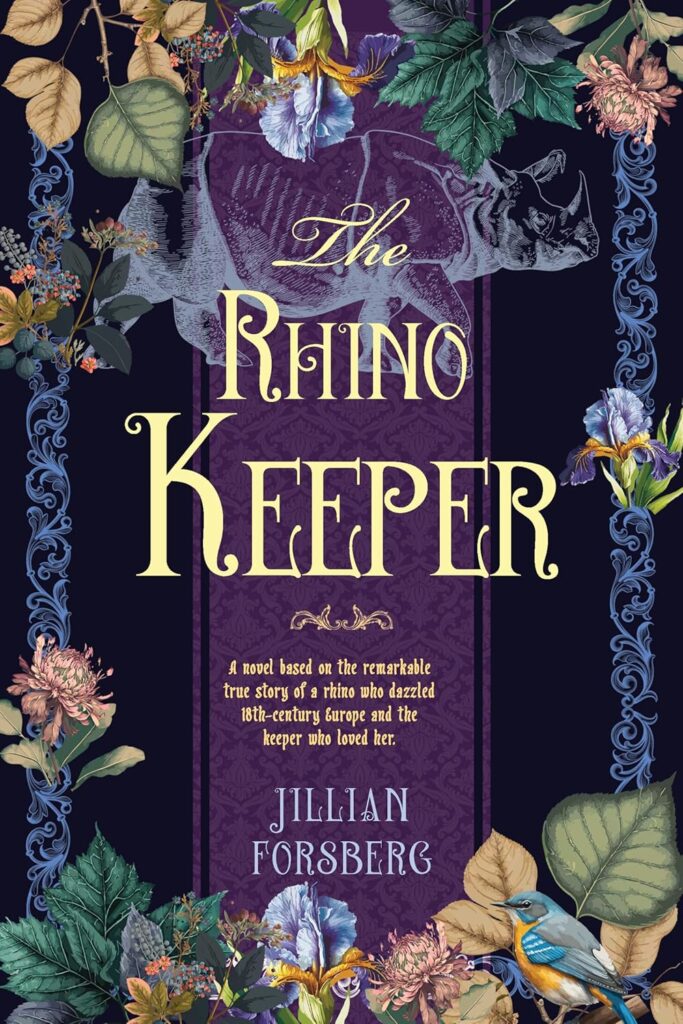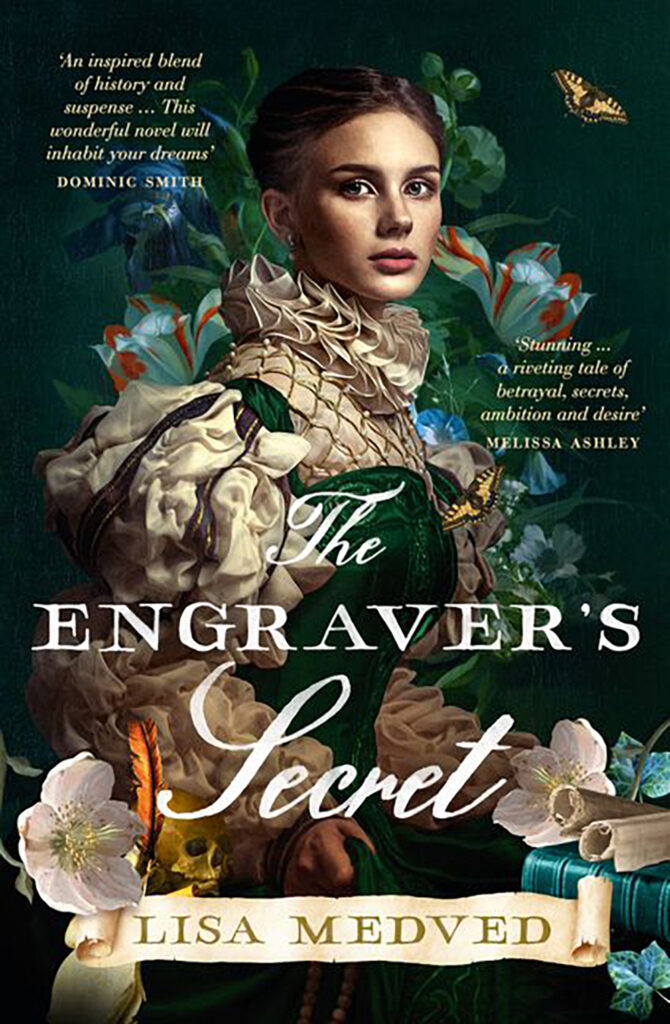A Collection of Myths and Folklore: The Library of Legends by Janie Chang
 With her two earlier novels, Dragon Springs Road and Three Souls, Janie Chang established a reputation for successfully combining historical fiction with magical realism. Her latest novel, The Library of Legends (William Morrow, May 2020), enhances that reputation with a story set in 1937 as Japan invaded China. When Japanese bombs began falling on the city of Nanking, students at Minghua University are ordered to flee and to take with them a priceless treasure: a 500-year-old collection of myths and folklore known as the Library of Legends.
With her two earlier novels, Dragon Springs Road and Three Souls, Janie Chang established a reputation for successfully combining historical fiction with magical realism. Her latest novel, The Library of Legends (William Morrow, May 2020), enhances that reputation with a story set in 1937 as Japan invaded China. When Japanese bombs began falling on the city of Nanking, students at Minghua University are ordered to flee and to take with them a priceless treasure: a 500-year-old collection of myths and folklore known as the Library of Legends.
In 1937, China was in the midst of a civil war between Nationalists and Communists while also fighting the Japanese. “Both Nationalists and Communists were keen to protect university students, since they recognized the value of educated young people as the foundation of rebuilding China once the war was over,” Chang explains.
In the novel, Mr. Lee, the director of student services, is modelled on bureaucrats of the time “who were appointed by the [Nationalist] government to keep an eye out for Communist influences on campus.” Chang drew from real incidents facing similar students of that time, and actual routes taken by a school that left Nanking. She also relied on family stories about World War II, on academic journals and historic archives, and on memoirs and non-fiction accounts.
When asked why she chose to write this particular story, Chang replied, “Because historical novelists always like to bring forward an unknown or unfamiliar chapter in history. The evacuation of Chinese universities was absolutely unique, yet virtually unknown to Westerners. What really clinched it though was when I read memoirs compiled by alumni of Zhejiang University, one of the schools that made the trek. And there it was: an account of how they carried with them one of China’s greatest library treasures: 36,000 volumes of an antique encyclopedia. It felt like I’d found the missing link that would support all the themes I wanted to include.”
Chang goes on to say that her father was “one of those refugee students who followed his campus to safety, walking a thousand miles.” Think about that for a moment: a thousand miles and the bravery, determination, and stamina required to walk that far.
Woven in with the story of Hu Lian, Chang’s main character, her classmates Liu Shaoming, Meirong, and Wang Jenmei, and their leader Professor Kang, is a mysterious woman called Sparrow who lives between the spirit world and the real world.

author Janie Chang
Each of Chang’s novels has a supernatural element, which she says is “probably because of all the stories my father used to tell about our ancestors. The one who saw a dragon, met immortals, and then walked through a doorway to the land of immortals. The one who saw a dancing ghost.” But she always makes sure “that supernatural beings follow the traditions of Chinese mythology” and believes, like Professor Kang says in the novel, that “Myths are the darkest and brightest incarnations of who we are.”
The Library of Legends is based on an encyclopedia called the Siku Quanshu, which Chang explains was “compiled nearly 240 years ago at the behest of the Qing dynasty Qianlong Emperor, to prove that his dynasty was as cultured as the one they had conquered. This Encyclopedia of literary works has proven invaluable for scholars since some of the original manuscripts referenced in the Encyclopedia are gone, their existence documented only in the Siku Quanshu. It’s huge – more than 36,000 volumes and 800 million words.”
Janie Chang creates stories about “ordinary people negotiating times of turmoil.” She points out that “early 20th century China offers plenty in the way of turbulent history.”
About the contributor: M.K. Tod writes historical fiction. Her most recent novel, TIME AND REGRET was published by Lake Union. She can be contacted on Facebook, Twitter and Goodreads or on her blog A Writer of History.






